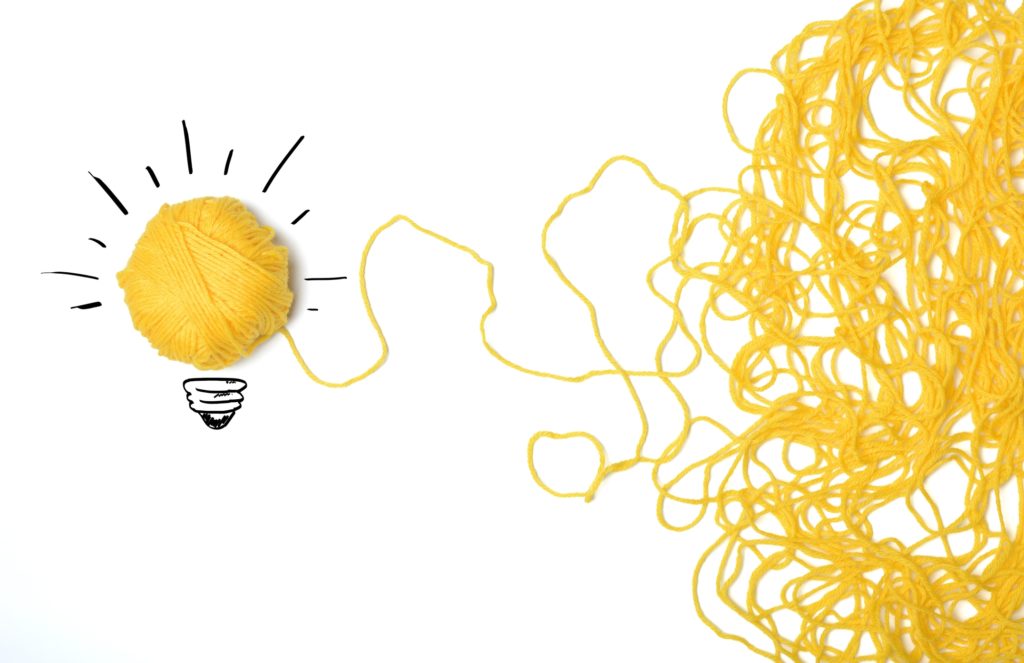Associations Should Tap into these Innovations in Tech, Education & Work

As I pen these words, it is early Monday morning, a time when for many years I would make my way to the office, anticipating the week ahead and interacting with train friends, bus drivers and coffee vendors. All that has changed. Now an eight-hour work day may not involve a single physical human interaction. As some organizations return to the office environment, staff report being utterly exhausted after two or three days of human contact. But whether working in the office or working from home, we face the same challenges. How will we find the stimulus that will inspire us to be creative? How can we be energized leaders in our field now and in the future? How can we help our organizations thrive in a time of change?
Technology
If COVID has taught us anything, it is to embrace technology. We are no longer constrained by traffic or weather. Even time seems different. In the time it takes for five people to gather in the conference room, it is possible to gather many more via Zoom or Microsoft Teams. We continue to leverage technology to be more productive, such as digital whiteboard tools that facilitate brainstorming and exchange of creative ideas, or breakout rooms to make sure everyone gets a chance to speak. Going forward we need to continue to adapt to technology for continuous development of skills in building consensus, virtual interviewing and onboarding of new hires, motivating staff, and developing solutions. The opportunities are endless but it takes time and careful consideration to find the tools that work.
Education
We have also learned that technology can facilitate and enhance learning. Medical associations are leveraging technology to deliver more educational content to their members more efficiently, often in 30-minute modules that can be taken between seeing patients or making rounds. We must look for creative new ways to meet our members’ needs through technology. Also, in this time of change it is more important than ever that association executives be life-long, everyday learners as well. ASAE and Association Forum have risen to the challenge, offering online continuing education on myriad topics available to us with a few strokes of the keyboard.
Workplace
However, our business is people—our members, our staff, our colleagues. And we cannot lose sight of that. With more colleagues working remotely, the challenge will be to find ways to create and maintain the camaraderie and team spirit that have characterized our profession. We can be more intentional in our efforts to connect and foster good relationships with team members. Some suggestions might be to:
- Use video and phone when possible. Email is often perceived as impersonal and can be prone to miscommunication;
- Encourage casual conversation at the start of meetings by spending the first few minutes catching up on each other’s lives. Create special channels through GroupMe or Slack, where team members can post pictures of their pets, review a favorite book or movie, share favorite recipes, or post their latest hobbies.
In a post-COVID world the workplace will continue to evolve. Embracing flexibility and innovation is key to positive change in the workplace and ultimately, in serving our members.
Tags
Related Articles
Ramping up Productivity in Busy and Distracting Times
5 tips to help you take control of your schedule and get the most out...
How to Use ChatGPT in Association Work
ChatGPT can be another tool for work efficiency, but there are precautions to take as...
How Hybrid Work Continues to Shape the Workplace
Association leaders discuss the post-pandemic workplace and how hybrid work works.




